Yorkshire Terriers, affectionately known as Yorkies, are renowned for their vibrant personalities and luxurious coats. Originating from England, these small terriers are not only valued as alert and brave companions but also admired for their stunning and diverse coat colors. While the traditional blue and tan colors are most commonly associated with the breed, Yorkies exhibit a surprising range of hues that can be both rare and visually striking. This article explores seven remarkable color variations of Yorkshire Terriers, each of which adds a unique charm to this already beloved breed. From the classic to the unusual, these colors enhance the aesthetic diversity of Yorkies, making each one distinctively captivating.
1. Black and Tan
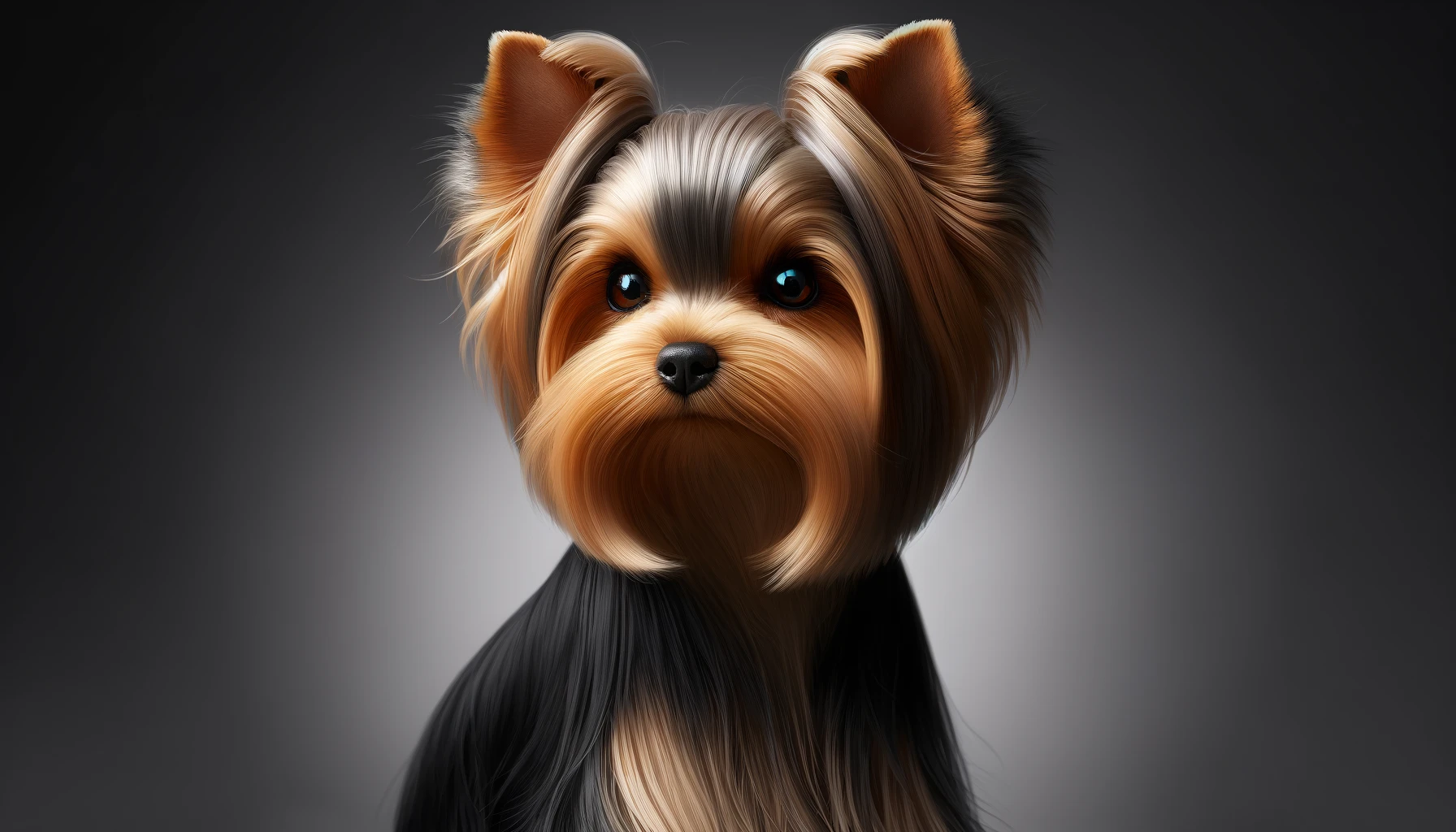
The black and tan Yorkie is a classic look that is widely recognized around the world. Puppies are born black and gradually lighten to their adult colors of black with tan points. The tan color typically appears above the eyes, on the muzzle, and on the legs and chest, becoming more pronounced as they mature. This coloration highlights the Yorkie’s expressive eyes and adds a striking contrast to their overall appearance. Owners might find that the black in their Yorkie’s coat can turn to a steel blue shade as the dog ages, which leads to a beautiful and sophisticated silvering around the face and body.
2. Blue and Gold

Blue and gold Yorkies carry a gene that dilutes the black pigment in their coat, transforming it into a dark steel blue. Their tan markings, on the other hand, change into a bright, rich gold, offering a dazzling complement to the blue. This variation is particularly striking because of the glossy sheen that the blue fur can develop, giving these dogs a regal appearance. Blue and gold Yorkies are often highly sought after for shows due to their eye-catching and luxurious coat colors.
3. Blue and Tan
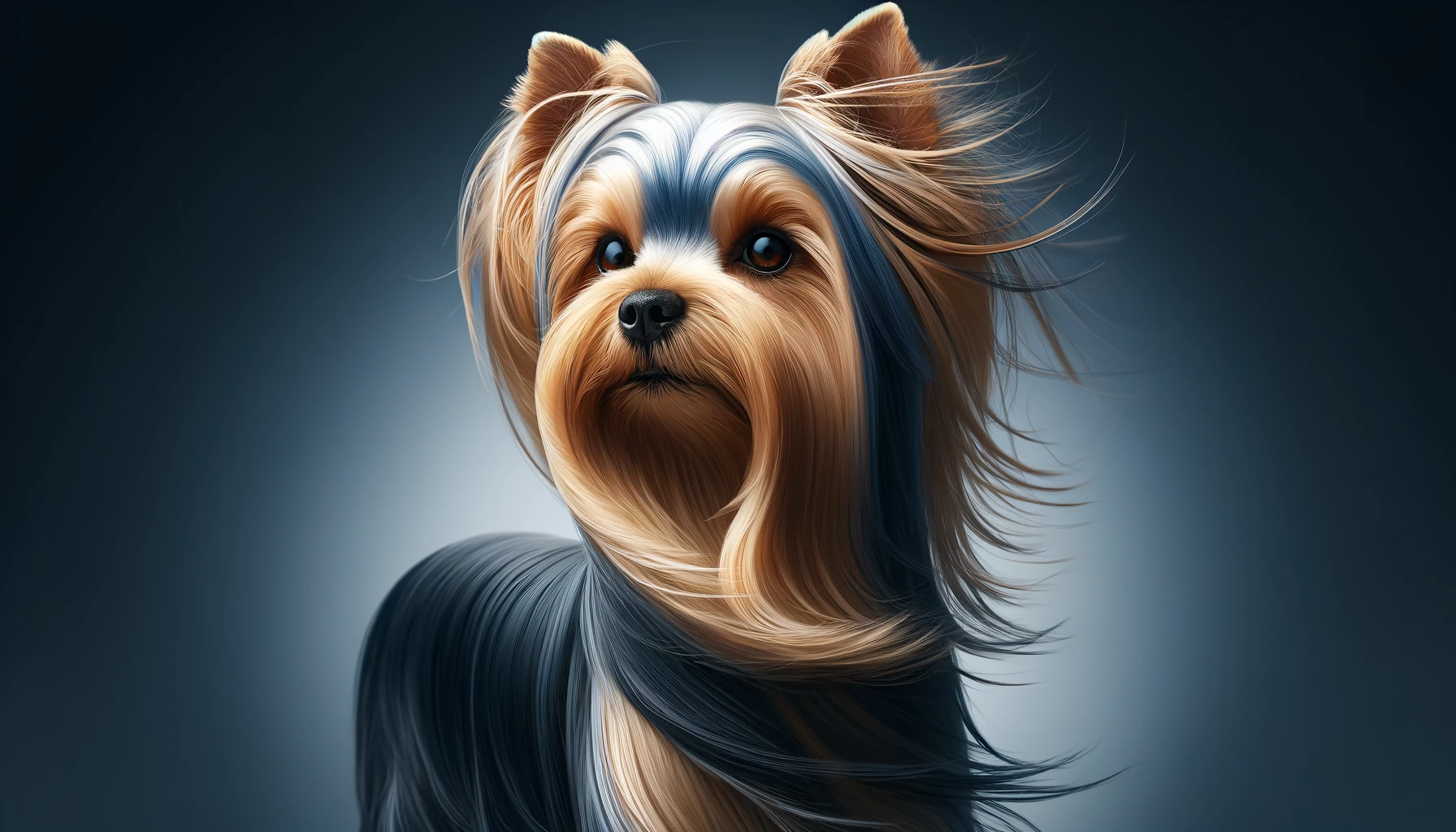
Blue and tan Yorkies are similar to black and tan ones, but with a softer, more diluted black color that appears as a dark blue. This color usually develops as the dog matures, with the deep, steel blue becoming more apparent over time. The tan markings remain, adding a warm hue to the cool blue of their coats. This variation is known for being particularly silky and fine, requiring regular grooming to maintain its stunning appearance.
4. Black and Gold
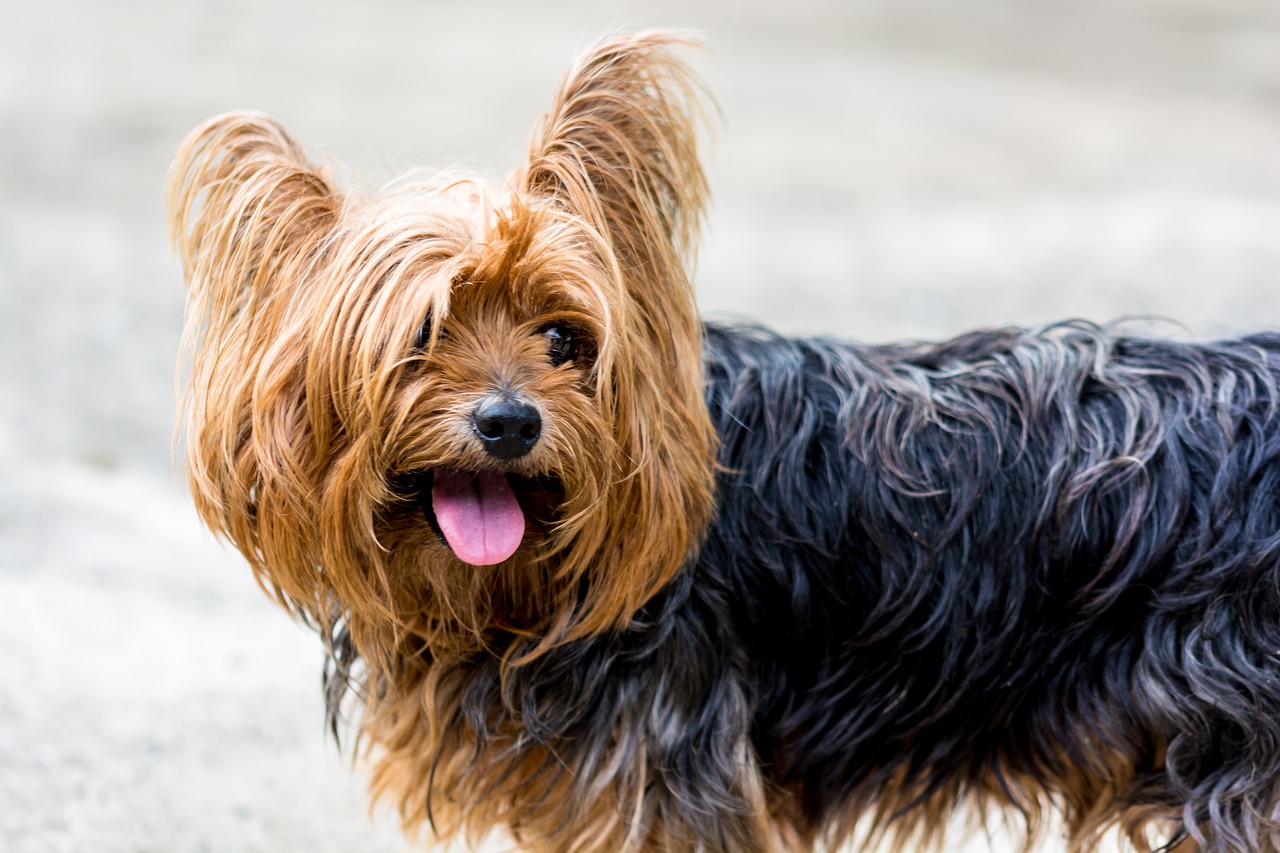
The black and gold Yorkie is a less common variant but no less beautiful. These dogs retain a deep black color into adulthood but with luxurious gold highlights instead of tan. This color combination makes for a dramatic and elegant look, especially when the gold is bright and well-defined against the darker black. Owners of black and gold Yorkies often report that their pets’ coats shimmer beautifully in the sunlight, adding to their allure.
5. Chocolate
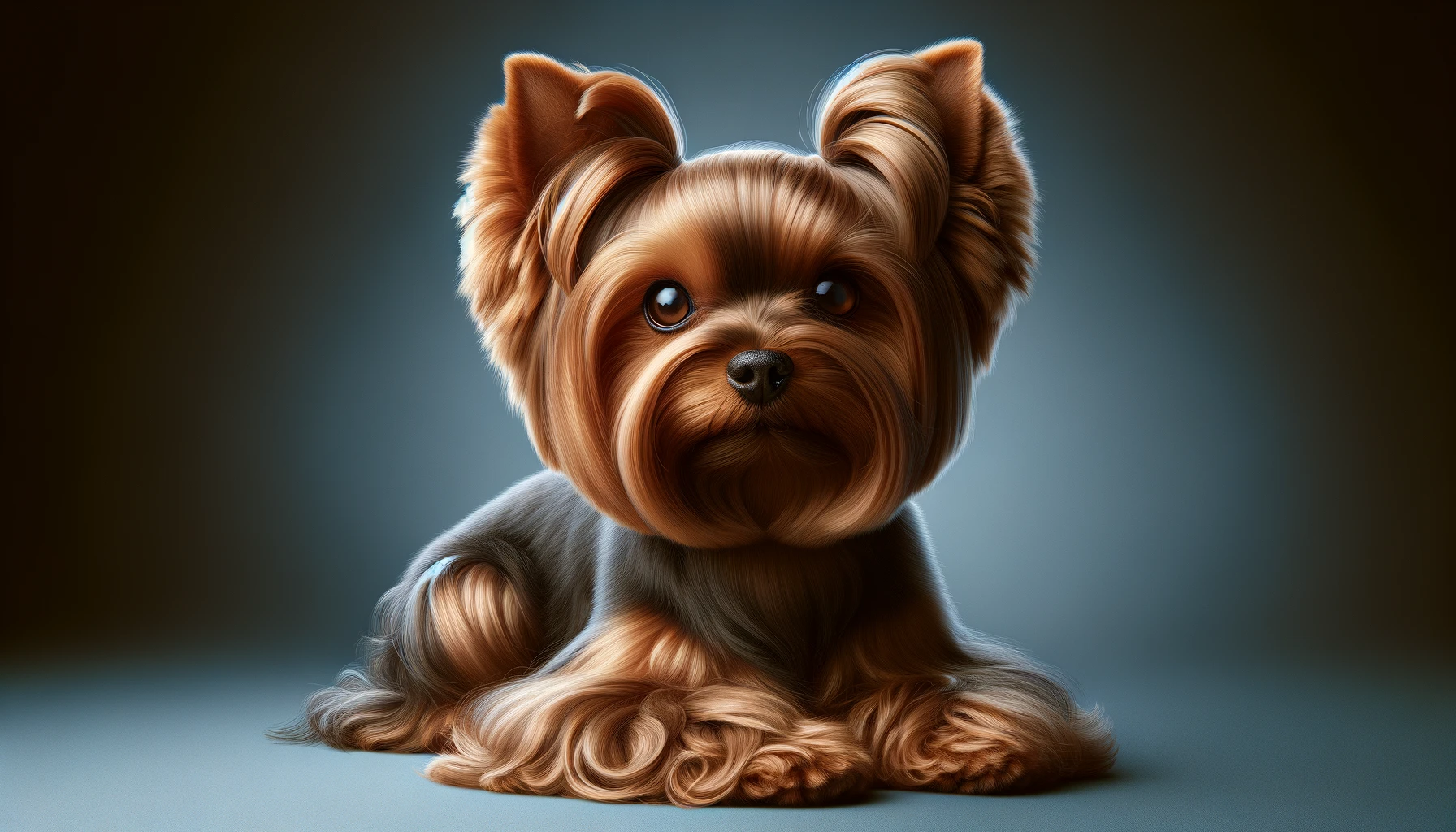
Chocolate Yorkies are a rarer color variation that carries a brown color gene instead of the traditional black. This results in a rich, warm chocolate brown color across the dog’s entire body, sometimes accompanied by lighter brown or tan points. Chocolate Yorkies may also have lighter-colored eyes, which can range from hazel to green, making them quite distinctive. This color is due to a recessive gene, meaning both parents must carry it to produce a chocolate-colored offspring.
6. Parti Yorkies

Parti Yorkies are characterized by their three-color coats, which include white in addition to black and tan, or sometimes chocolate and tan. The white is usually clean and bright, adding a striking contrast to the darker colors. This coloring is caused by a specific recessive gene, making it less common than the solid color variations. Parti Yorkies are particularly popular in the United States, where their unique and colorful appearance makes them stand out at dog shows and in public.
7. Golden
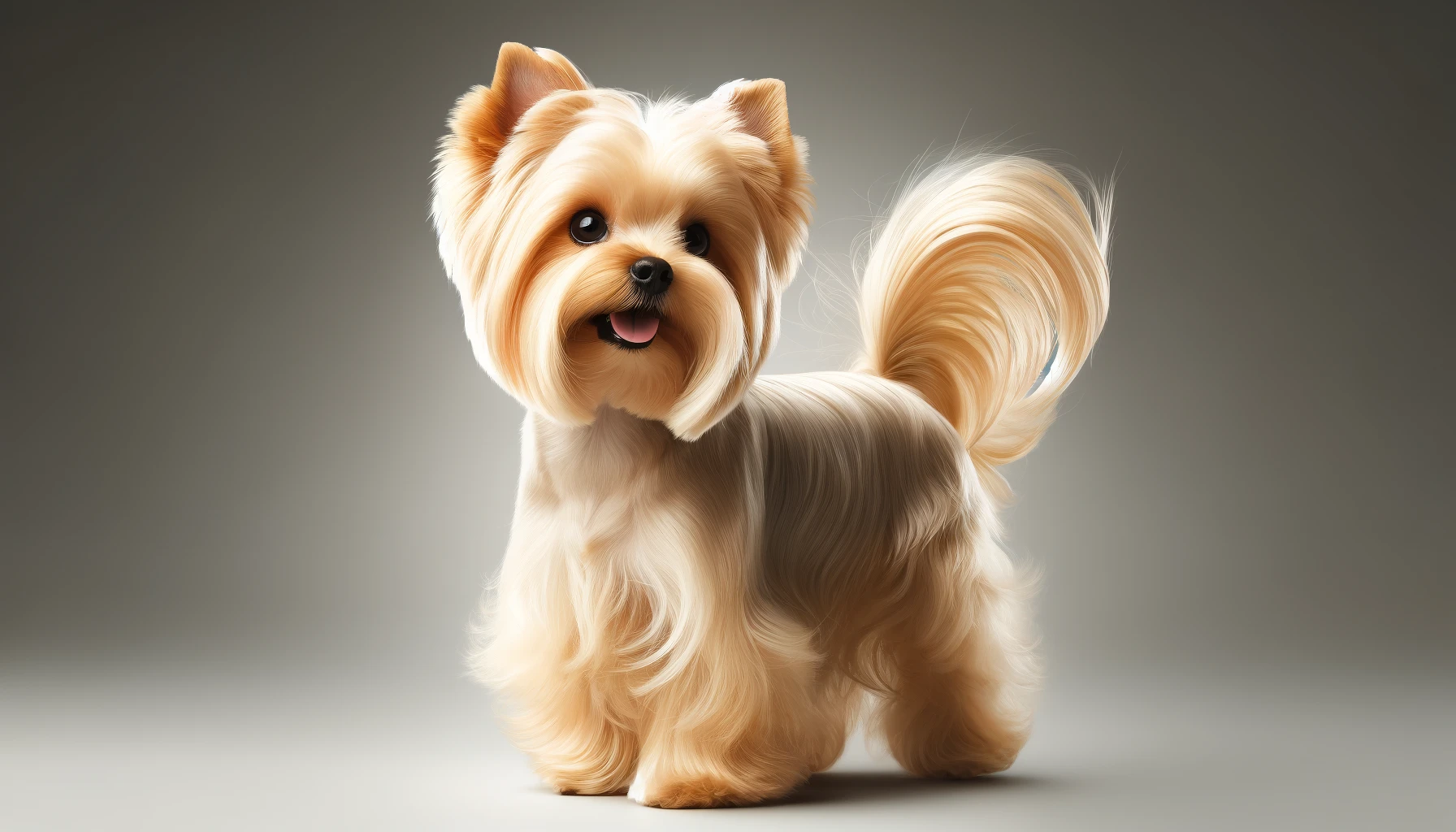
Golden Yorkies are not pure gold but rather have a lighter, more washed-out version of the tan coloring seen in traditional Yorkies. They may appear almost blonde, with a soft, pale gold coat that covers most of their body. Sometimes, they might have a darker back, but the dominant coat color is light gold. This can vary from a creamy white to a deeper gold, depending on individual genetics.
Each of these color variations showcases the Yorkshire Terrier’s adaptability and the genetic diversity within the breed. Whether you prefer the striking contrast of black and tan or the unusual hues of chocolate or golden, there is a Yorkie color variation to suit every preference.
In summary, the Yorkshire Terrier is a breed that offers more than just a delightful temperament and portable size; it also provides a palette of stunning coat colors. Each color variation not only adds visual appeal but also contributes to the breed’s charm and individuality. From glossy blacks and vibrant golds to rare chocolates and eye-catching partis, the array of colors available makes the Yorkie a continually popular choice for dog lovers.
Frequently Asked Questions About Yorkie Colors
1. What is the traditional color of a Yorkshire Terrier?
The traditional color of a Yorkshire Terrier is blue and tan. Yorkie puppies are born with a black and tan coat, which gradually matures into its adult colors. As they grow, the black parts of their fur lighten to a blue shade. This isn’t blue in the typical sense, but rather a diluted black that looks dark grey or blue. The tan remains but becomes brighter and more distinct. This color change can continue until the dog is around two years old. The unique aspect of this color transformation lies in its progression over time, making it fascinating to watch the gradual change from the puppy’s original coat to the mature colors.
2. Can Yorkshire Terriers be white?
Yorkshire Terriers are not typically white. The traditional colors for Yorkies are combinations of blue, black, and tan. However, there are rare occurrences where a Yorkie may appear to be white due to a genetic condition known as albinism, which is very rare and not typically bred intentionally. Another instance of white appearing in Yorkies is in the Parti coloration, which includes patches of white alongside typical black and tan or other colors. This specific coloring is due to a particular genetic variation and is recognized in the breed standard by some breed clubs.
3. How do Yorkies get their chocolate color?
The chocolate color in Yorkshire Terriers comes from a recessive gene that both parents must carry. This gene causes a dilution in the black pigment, turning it into a rich brown or chocolate color. Unlike the more common blue and tan Yorkies, chocolate Yorkies have a uniform brown color that includes their body, legs, and sometimes their face. The eyes and nose of chocolate Yorkies can also be lighter, contributing to their distinctive look. Chocolate Yorkies are relatively rare because the specific genetic makeup required for this color is less commonly found among the breeding population.
4. Are Parti Yorkies considered purebred?
Yes, Parti Yorkies are considered purebred. The Parti coloration, which includes substantial white markings along with traditional colors like black and tan, is a recognized color variation within the Yorkshire Terrier breed. It is caused by a specific recessive gene related to coat color. Breed clubs have different standards regarding color, and while some may not recognize Parti as a standard color, it does not affect the dog’s purebred status. These Yorkies are just as much Yorkshire Terriers as those with the more typical blue and tan coats.
5. What causes the golden color in some Yorkies?
The golden color in some Yorkshire Terriers is typically a result of a lighter and more extensive expression of the tan pigment in their coats. Instead of the darker tan markings commonly seen in blue and tan Yorkies, golden Yorkies exhibit a pale gold or blonde coloring that can cover most of their body. This variation is still relatively rare and is not one of the breed’s standard colors. It results from unique genetic variations that affect pigment distribution and intensity in the Yorkie’s coat.
6. Do Yorkies change color as they age?
Yes, Yorkies do change color as they age. Newborn Yorkie puppies are typically black and tan, and this color changes gradually as they mature. The black softens to a blue or silver, and the tan may brighten and expand. The process of changing color can continue until the dog is around two to three years old. The extent and pattern of color change can vary widely among individual Yorkies, making each dog’s final coloration unique.
7. What is the rarest color of a Yorkshire Terrier?
The rarest color of Yorkshire Terrier is probably chocolate or white. Chocolate Yorkies require a specific recessive gene from both parents, making them less common. White Yorkies are even rarer and usually occur due to genetic anomalies such as albinism, which is not typically desired due to associated health issues. Parti Yorkies, while not as rare as white, are also uncommon and feature a mix of white with other colors.
8. Can Yorkies be black?
Yorkshire Terriers can appear predominantly black during their puppy phase, but as they mature, their coat colors typically develop into the standard blue and tan. True solid black is very rare and not standard for the breed. If a Yorkie appears black in adulthood, it is likely due to a rare genetic expression. Such cases are exceptions rather than the rule.
9. How can I tell what color my Yorkie puppy will be when it grows up?
Predicting the exact color a Yorkie puppy will mature into can be challenging. However, you can get a general idea based on the colors of the parents and the puppy’s current coloring. Keep in mind that all Yorkie puppies are born black and tan and that the black will gradually lighten to blue or silver. By observing the changes in their coat over the first few months and knowing the genetic history of the parents, you can predict whether they will lean towards a more traditional blue and tan or another color variant like chocolate or golden.
10. Does the color of a Yorkie affect its health?
The color of a Yorkshire Terrier does not inherently affect its health. However, Yorkies with unusual colors that result from specific genetic traits, such as albinism or very rare color mutations, may be more susceptible to health issues related to those genetic conditions. It’s essential to ensure that any color variations in Yorkies come from healthy and ethically bred lines to avoid perpetuating any genetic health problems.
 Toledo, United States.
Toledo, United States.